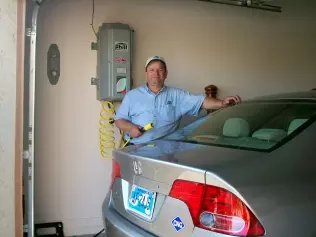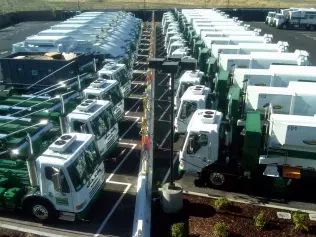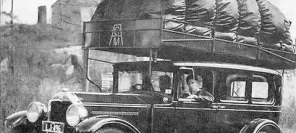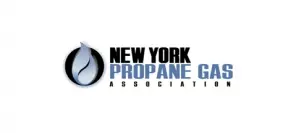- Main page
- Search
- Up to date
- Products
- Technology
- Vehicles
- Video
- Conversion Payback Simulator
Port Injection - Conversion Payback Simulator
Direct Injection - Conversion Payback Simulator
Diesel - Newsletter
Gas boom in the United States
 loading results...
loading results...Analysts noticed that the use of natural gas engines in the transportation branch caused lower consumption of oil and energy, as well as contributed to the improvement of air quality. Because of the fact that natural gas consists mainly of methane – the simplest hydrocarbon – natural gas combustion produces less carbon dioxide, carbon monoxide, sulfur compounds and particulate matter in comparison with exhaust gasses from diesel or petrol combustion.
Lower emission of exhaust gasses from natural gas engines is especially crucial in lorries. It’s true that they only account for 1% of all cars on the American market, but because of their high fuel consumption rate (it’s estimated that each year a lorry needs an amount of fuel used by 40 passenger cars), they consume 20% of the fuel used by all American cars.
The use of natural gas in cars could be even more popular if there were more natural gas fuelling stations. For example, NFI Intermodal waits for a chain of CNG stations to be developed in Pennsylvania, so that they could start delivering the goods to the state’s Lowe’s markets.
But usually these carriers operate in smaller areas (regional and local routes), which means they are not dependent on nationwide chain of fuelling stations. These vehicles can be easily refueled with slow-fill devices that operate while a vehicle is not in use (e.g. overnight) or fast-fill devices. Refueling a 40 gallon (151 l) tank takes up about 10-15 minutes.
 © NGV AmericaThanks to compact garage compressors, CNG becomes an option for individual drivers, too
© NGV AmericaThanks to compact garage compressors, CNG becomes an option for individual drivers, tooPepsiCo plans on opening their own compressed natural gas stations. By the end of 2013, the company will have opened three such stations with plans to create seven more. The company also wants to increase the number of their natural gas vehicles to 208.
One of the obstacles that may prevent the natural gas branch from more dynamic development is the higher price of natural gas vehicles. The price differential between natural gas cars and those with Diesel engines is around 40-50 thousand dollars. The main reason for this is the high cost of natural gas tanks. In the case of compressed natural gas (CNG), these are high-pressure composite tanks with high-strength carbon filaments, while storing liquefied natural gas (LNG) requires the use of technically advanced cryogenic tanks.
As we can see, the American natural gas market flourishes. Even if some of the aforementioned big companies decided to switch to natural gas engines only for the purpose of enhancing the company’s image – to be more “eco-friendly” – it’s still good for increasing the popularity of natural gas fuel and often involves public grants, which surely helps in developing this branch on the American market. Why don’t we all profit from the experience of our Big Brother in developing the CNG branch elsewhere?







